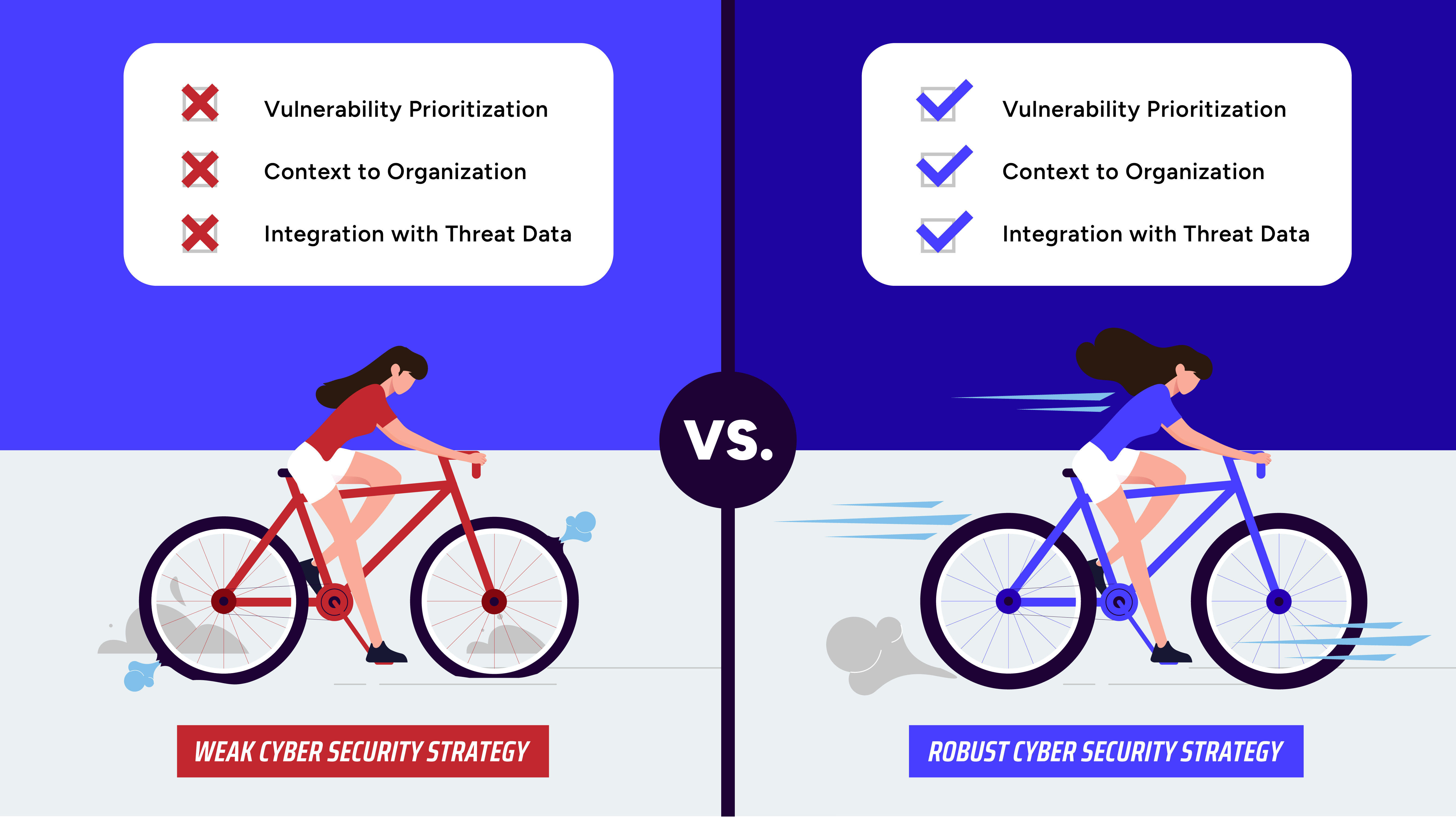Vulnerability management and security operations are the foundation of an effective security program, but these functions can only be successful if they work together. As organizations grapple with the increasing sophistication of cyber threats, the synergy between these two functions is not just beneficial but essential for a robust security posture. Vulnerabilities are one of the largest initial access vectors used by threat actors, accounting for one-third of breaches. This underscores the need for a proactive and collaborative approach to cybersecurity to reduce the window of opportunity for potential attacks.
The Function of Vulnerability Management
The role of the vulnerability management team is to identify, assess, and prioritize vulnerabilities within an organization's IT infrastructure. By keeping an inventory of assets and continuously scanning for weaknesses, this team acts as the first line of defense, aiming to proactively patch any security holes before they can be exploited. However, without real-time threat context from an organization’s environment, their efforts can be akin to shooting in the dark.
The Role of the SOC
On the more reactive side of the program, the Security Operations Center (SOC) is responsible for monitoring, detecting, and responding to security incidents. SOC analysts have immediate insights into the nature of attacks, the tactics used by adversaries, and the vulnerabilities being exploited. This real-time information is invaluable for understanding the threat landscape and responding to incidents as they occur.

Bridge the Gap in Your Cyber Defenses
The problem is that these two functions tend to operate in silos, creating a disjointed and inefficient response to threats. Plus, effectively prioritizing vulnerabilities has long been a challenge for security teams. Mean Time to Remediate (MTTR) critical severity vulnerabilities is 65 days, and industry reports estimate that adversaries are now able to exploit a vulnerability within 15 days (on average) of discovery.1 This discrepancy between the time to remediate and the time to exploit highlights a critical gap in cybersecurity defenses.
However, when these functions work in tandem, the strengths of each side are amplified. Forrester Research states that "by incorporating SOC feedback … into the prioritization process, Vulnerability Risk Management (VRM) can make more measured and calculated prioritization of vulnerabilities” and “when the next Log4j inevitably occurs, security operations and vulnerability management teams need to be in lockstep.”2 This collaboration enables the vulnerability management team to prioritize vulnerabilities based on real exploitability and potential impact to their environment, rather than relying solely on theoretical risk assessments. It also allows the SOC to be better prepared for potential breaches by understanding the vulnerabilities that exist within their environment and the potential indicators of compromise. This holistic approach reduces the risk of breaches in several ways:
- Improved Prioritization: With insights from the SOC, the vulnerability management team can prioritize patching efforts based on real attack patterns and threat intelligence, focusing on the vulnerabilities that pose the greatest risk.
- Faster Response: Visibility between these functions ensures that when a vulnerability is exploited, the response is swift and coordinated, minimizing the potential damage.
- Better Root Cause Analysis: Vulnerability data provides insights into the potential entry points and methods used by attackers, aiding in root cause analysis.
- Enhanced Context: Both teams can build a more comprehensive view of the threat landscape, leading to better defensive strategies and more effective countermeasures.
- Efficient Use of Resources: Security teams can ensure they are allocating resources to the most important actions in the context of their overall risk posture.
“The integration of vulnerability management and security operations is not just a matter of convenience; it is a strategic imperative”, said Dave Gruber, Principal Analyst with Enterprise Strategy Group. “As organizations continue to face a barrage of cyber threats, the collaboration between these two functions will enable security teams to prevent, detect, and respond to incidents most likely to disrupt the operation.”

Gain Enhanced Insights by Combining Threat and Vulnerability Data
Secureworks® recently announced the integration of our award-winning extended detection and response (XDR) and vulnerability management platforms to help organizations understand their complete risk profile and take proactive measures to defend against attacks. “Secureworks latest innovation bridges the gap between these functions, bringing vulnerability context and threat detection and response together to reduce risk,” said Gruber. By combining Taegis XDR with vulnerability data from Taegis VDR, organizations can uncover vulnerabilities associated with security investigations to pinpoint the systems that are being targeted and prioritize them for remediation. Customers gain enhanced contextual insights across prevention, detection, and response to lower their risk.
Interested in learning more? Request a demo of Taegis today!
1Edgescan: 2023 Vulnerability Statistics Report, October 2023
2Forrester Research: How to Improve Collaboration Between Vulnerability Risk Management and the SOC, May 2023
Secureworks has been acquired by Sophos. To view all new blogs, including those on threat intelligence from the Counter Threat Unit, visit: https://news.sophos.com/en-us/.
